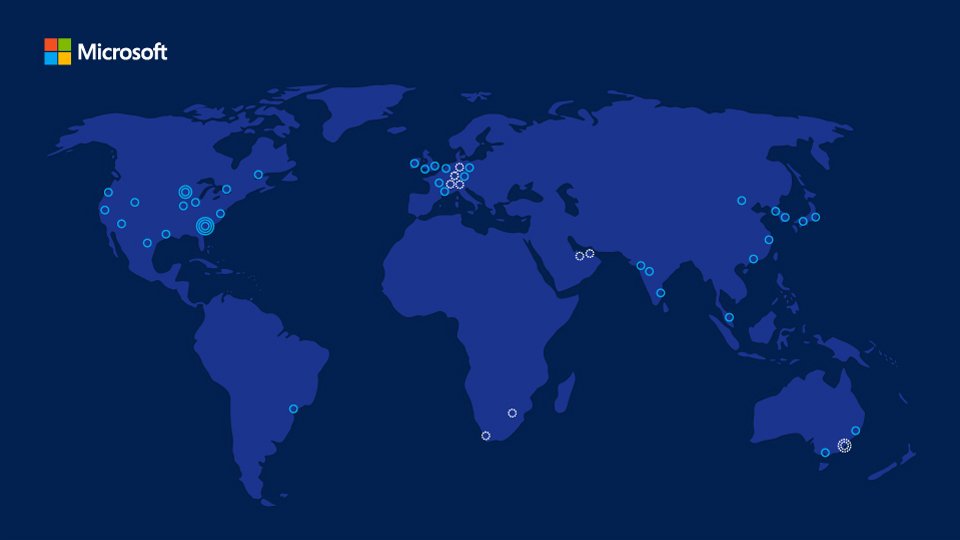Microsoft is set on making its cloud-computing operations are as environmentally-friendly as possible.
The Redmond, Wash. tech titan announced on March 21 that it had inked a deal for 315 megawatts of solar power for its cloud data centers across two projects in Virginia, the largest corporate agreement of its kind in the United States. The solar projects, dubbed Pleinmont I and II, are owned by sPower, a joint venture between AES and AIMCo, and are part of a bigger 500-megawatt solar complex.
“Today’s announcement brings our directly purchased renewable energy total to 1.2 gigawatts – enough power to light up 100 million LED bulbs,” wrote Microsoft president and chief legal officer Brad Smith in a blog post. “Combined with the six agreements we’ve struck over the last two years, this deal puts us over our 50 percent target and moves us toward our 60 percent goal well ahead of schedule – even as we continue to grow.”
Microsoft set goals that called for renewable energy to fulfill half of its needs by 2018 and 60 percent by 2020. It’s quite a challenge, considering the software and cloud provider’s ever-expanding cloud footprint.
Earlier this month, Microsoft revealed plans to new cloud data centers in Switzerland, and in a first for Microsoft, the United Arab Emirates (UAE). In Switzerland, data centers will go up in Geneva and Zurich. Abu Dhabi and Dubai are the company’s locations of choice in the UAE.
Microsoft isn’t the only major IT company that’s working on greener clouds.
Google bulks up Belgium data center site
In February, Google announced plans to add a third building to its Belgium datacenter site, location of the company’s first into Europe back in 2009. The new datacenter building is expected to go online by mid-2019 at a cost of EUR 250 million.
Google’s Belgium site is also home to a new solar power plant, the first to share land the company’s datacenters.
“The photovoltaic installations will feature 10,665 solar panels and will generate 2.9 Gigawatt hour of clean, reliable, renewable energy every year. Construction began in March 2017, using a local company to install the solar farm on four hectares of land in our data center,” said Joe Kava, vice president of Global Data Centers at Google, in a Feb. 1 announcement.” Ultimately, the solar project will contribute to a greener footprint on our data center campus, already one of the most energy-efficient sites globally.”
Image credit: Microsoft


Leave a Reply